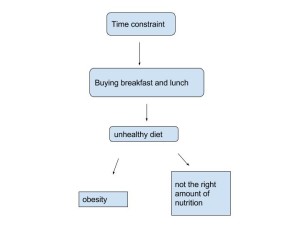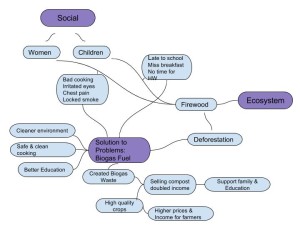- Research 6 regions and make a chart, 3 containing good biodiversity and 3 lacking biodiversity from your knowledge based off of the module 10 reading.
- Pick 2 regions, one containing good biodiversity and one containing bad biodiversity from the chart above and explain the reasons as to why the biodiversity is good or bad.
- Think about your hometown. Would you consider it has good or bad biodiversity? Why do you think this? What are ways to improve biodiversity in your hometown for the future?
1.
| Good Biodiversity | Bad Biodiversity |
| Amazon Rainforest | Sahara Desert |
| Pacific Ocean | Antarctica |
| The Cape Floristic Region | Nigeria |
- One of the regions I researched containing good biodiversity is the Amazon Rainforest. Being one of the biggest rainforests in the world, the Amazon is home to more than half the world’s biodiversity. The amazon has such great biodiversity from both anthropocentric and ecocentric reasons. Examples of anthropocentrism in the amazon relate to creating medicines from their natural resources and using their natural crops (fruits and sugar cane) for food. Ecocentricism in the amazon is very complex. Each relationship between species has a different outcome. Hunting, preying, and eating and reproducing are a natural and balanced activities each specie experiences, creating extreme biodiversity in the area. On the other hand, Nigeria is a region that is lacking biodiversity due to deforestation. They are one of the most specie threatened regions in the world. Over the past years Nigeria has destroyed 55.7% of its forest. This deforestation resulted from being a developing country. The trees are used for logging, timber exports, agriculture, domestic purposes, and fuel, which are all problematic factors.
- I live in a suburban town. There are many neighborhoods and commercial buildings but there is also a bay and unused land. I wouldn’t say my town has great biodiversity but I don’t think it has terrible biodiversity. I think the buildings take away the natural land species live in, car pollution can kill species, and garbage lying around can also cause a lot of harm to the biodiversity in my area. However, the bay is extremely clean and houses many fish and the land is fairly clean and healthy. Some ways to improve the biodiversity in my town is to use less cars, stop building more buildings, and cleaning up the streets. However I think it is impossible to abandon the use of automobiles, I think it is possible to reduce the amount a person drives a car a day. I believe those three factors are the main reason for the decreasing biodiversity. There are towns that are much filthier than my town that gives me inspiration to keep my town clean and healthy to help the biodiversity stay alive.



